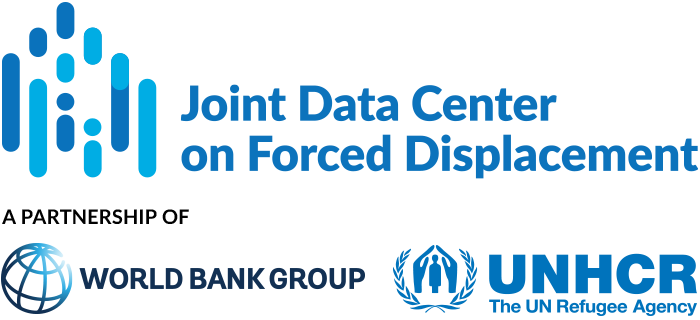This paper estimates the environmental impact of the Mtendeli Refugee Camp in Tanzania.
JDC Literature Review
How Social Networks Shape Refugee Movements in Wartime: Evidence from the Russian Attack on Ukraine
This article investigates the factors influencing the destination choices of Ukrainian refugees in the European Union (EU) between March and December 2022.
South-south refugee movements: Do pull factors play a role?
This paper examines the impact of destination country characteristics on south-south refugee movements between 2004 and 2019.
Forced migration and local economic development: Evidence from postwar Hungary
This article investigates the effects of forced migration on sending economies, using the post-World War II expulsion of German minorities from Hungary as a natural experiment.
The effects of mass migration on the academic performance of native students. Evidence from Chile
This paper examines the effects of mass migration on the academic performance of native Chilean students, focusing on the influx of Venezuelan (Spanish-speaking) and non-Spanish-speaking (mainly Haitian) migrants between 2016 and 2018. Between 2011 and 2018, the migrant population in Chile increased from 1.4 percent to 6.6 percent of the country’s population.
Forced Migration and Violent Crime: Evidence from The Venezuelan Exodus to Brazil
This paper examines the impact of Venezuelan forced migrants on crime in Brazil.
The mobility of displaced Syrians: An economic and social analysis
This report examines the voluntary movement of Syrian refugees in Iraq, Jordan, and Lebanon, focusing on the economic and social factors that influence their decisions.
The journey home: Violence, anchoring, and refugee decisions to return
This paper examines the factors influencing the return intentions of Syrian refugees in Lebanon. According to UNHCR data, Lebanon hosts over a million Syrian refugee, making it the largest per capita refugee population globally.
When do displaced persons return? Postwar migration among Christians in Mount Lebanon
This paper investigates postwar return migration among Lebanese Christians displaced during the Lebanese civil war (1975 – 1990).
Coping with Partition: Wealth, Security, and Migration in Post-Separation Sudan
This study investigates the migration decisions of Southern Sudanese residents of Khartoum following the 2011 referendum that led to the separation of South Sudan.


